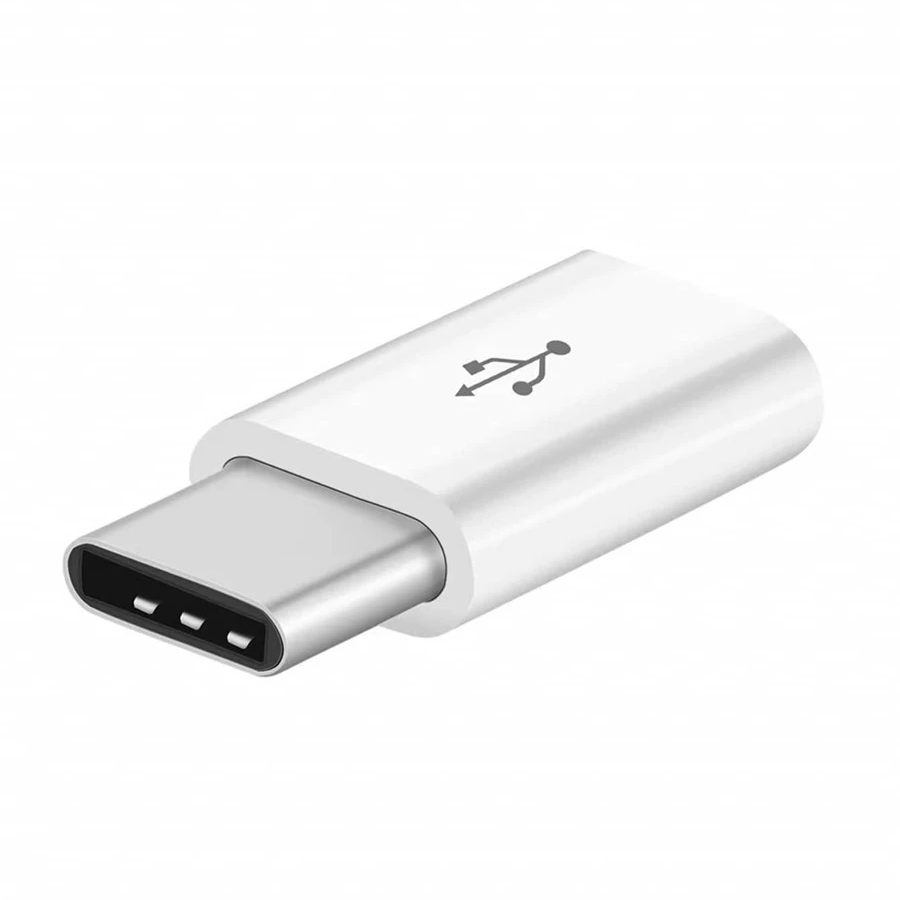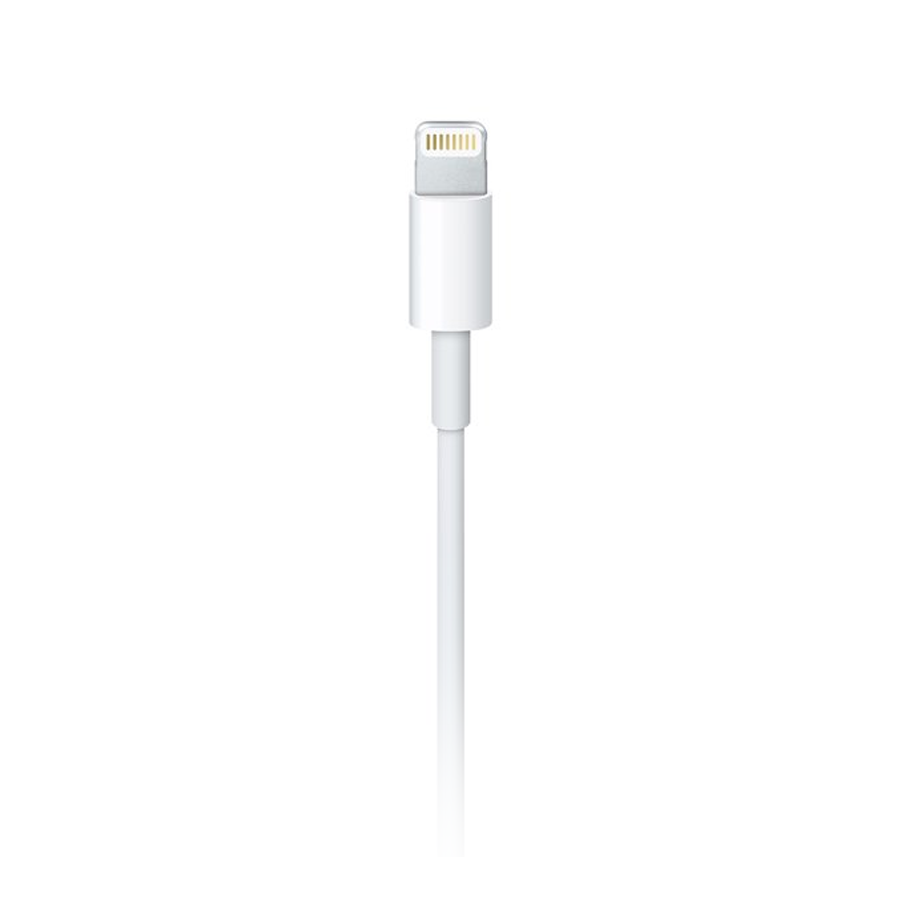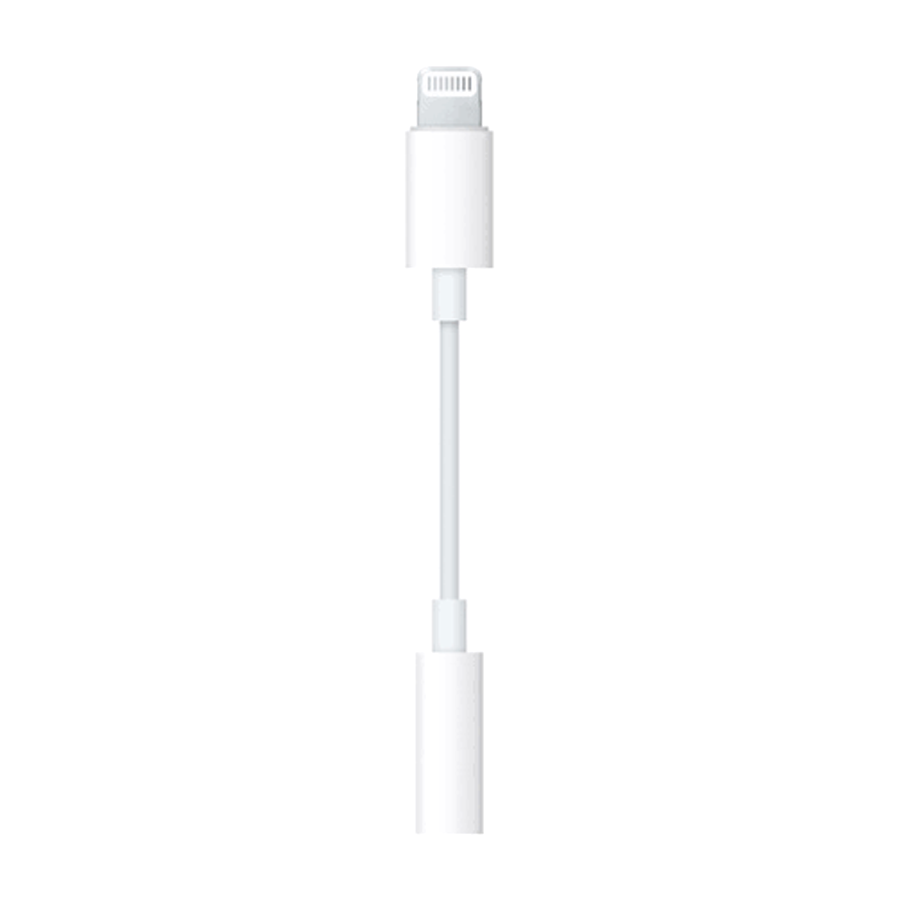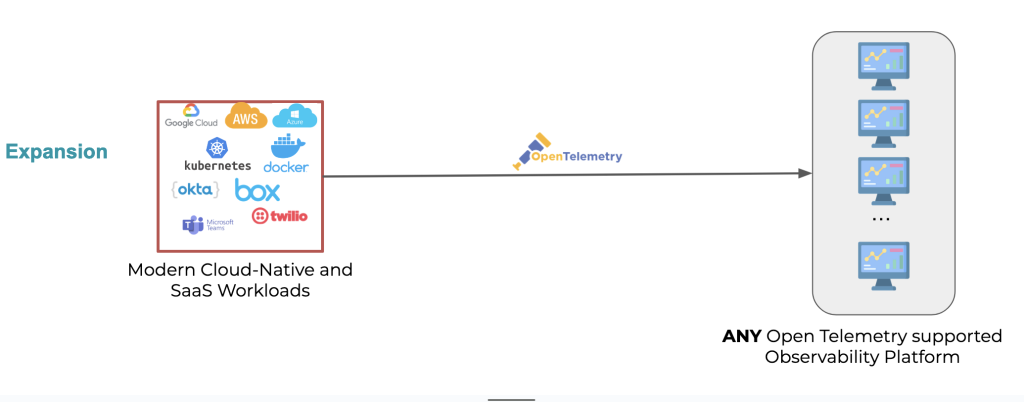Context
If you’re involved in IT Operations, you’ve probably heard of OpenTelemetry. It’s a hot topic in the observability industry, and for good reason. OpenTelemetry is a set of open-source tools and APIs that make it easy to collect telemetry data from your applications and infrastructure. This data can then be used to monitor your systems, troubleshoot problems, and improve performance.
OpenTelemetry is the #2 highest velocity project in the Cloud Native Computing Foundation (CNCF), just behind Kubernetes. This shows that it’s a major player in the cloud native ecosystem. If you’re planning to adopt cloud-native technologies, you need to understand OpenTelemetry.
In this blog, I’ll give you a non-technical overview of OpenTelemetry. I’ll explain what it is, how it works, and why you should care about it.
Here is an image of the CNCF velocity report:
As you can see, OpenTelemetry is growing rapidly in popularity. It’s a great choice for organizations that want to adopt cloud-native technologies and improve their observability.
In the next section, I’ll explain what OpenTelemetry is and how it works.
What is Open Telemetry
OpenTelemetry, or OTel for short, is an open-source observability framework that provides a standard way to collect, export, and analyze telemetry data from applications and infrastructure. This data can then be used to monitor your systems, troubleshoot problems, and improve performance.
OpenTelemetry is designed to be vendor-neutral, so you can use it with any monitoring/observability tool that supports the OpenTelemetry protocol. This gives you the flexibility to choose the right tool for your needs, without being locked into a particular vendor.
OpenTelemetry is also designed to be extensible, so you can add new telemetry data sources and sinks as needed. This makes it a great choice for organizations that are looking to adopt new technologies or expand their observability capabilities
Standardization – Real-Life Examples
Let’s step back from the technical world for a moment and consider some real-life scenarios where standardization is essential. Take tire sizes, for example. Automobile manufacturers build cars to fit a specific tire size standard (such as 225/65/R17 – indicating the width, aspect ratio, and diameter), ensuring that tires can be easily replaced when worn out. Similarly, mattress sizes, such as Twin, Full, Queen, and King, are standardized, allowing bed frames to be made to accommodate them. Standardization brings great benefits to the entire ecosystem, enabling it to grow and flourish.
Another example is the standardization of USB charging ports. Phone manufacturers have agreed on three primary types – USB-C, Micro-USB, and Lightning Port (Apple) – so that users can charge their devices with a compatible cable. However, while most of the industry has standardized on USB-C, Apple uses its proprietary Lightning Port, which only works on Apple devices. This creates inconvenience and overhead for customers who own a mix of Android and Apple devices, as they must carry two different types of cables or purchase an adapter to convert USB-C to Lightning Port.
 USB-C |  Lightning Port Cable (Apple Devices) |  USB-C to Lightning Adapter |  Lightning to USB-C Adapter |
As you can see, the lack of standardization or having multiple standards creates overhead for customers, as well as suppliers, manufacturers, and vendors. If we think about what the adapter is doing, is essentially converting from one standard to another standard, thereby giving you interoperability to use the same power source but being able to charge two different device types. Later this all makes sense when we talk about Observability.
Standardization – IT Industry Parallels
Let’s turn our attention back to the IT landscape. You might be wondering if there are any established standards in the tech industry. The answer is yes, there are plenty! You may recognize some of these names:
- SNMP: The industry’s gold standard for managing and exchanging network performance data and operations.
- HTTP: The foundational protocol governing how all websites exchange data.
- TCP/IP: The foundational protocol governing how the Internet transmits data.
- FTP/SFTP: File transfer protocol to govern the transfer of files
- DNS: A protocol used to translate domain names into IP addresses.
And a lot more …
And now, we have OpenTelemetry Protocol (OTLP) – an emerging standard that governs how telemetry data (i.e., monitoring or sensory data) should be generated, collected, and exchanged. OpenTelemetry is not a tool in and of itself but rather a framework and standard that applications and monitoring tools can support.
The beauty of OpenTelemetry lies in the fact that once an application or device generates OpenTelemetry-compliant data, it can be swapped out to any monitoring/observability tool that supports OpenTelemetry.
Okay, this is all great, but what if your application or device doesn’t generate OpenTelemetry data? Well, just like the USB-C-to-Lightning adapter we discussed earlier, there are Observability modernization software services that can convert from legacy/proprietary formats to OTel standards. Such modernization services play a vital role in the adoption and evolution of new standards like OpenTelemetry and implementing Open Observability projects. Keep an eye out for announcements from CloudFabrix regarding OpenTelemetry.
Understanding Key Components of OpenTelemetry
To give you a better understanding, let’s take a closer look at some key components and aspects of OpenTelemetry at a high level without getting too technical.
OpenTelemetry involves several key data types, including Opentelemetry metrics, Opentelemetry logging, and Opentelemetry tracing. These data types are generated by various data producers, such as applications, devices, and IT assets.
The data is then collected by software modules known as Opentelemetry collectors, which gather the data and export it to observability tools through software modules called data exporters (Ex: Opentelemetry Prometheus exporter). Finally, the observability tools, which are the data consumers or telemetry backends (like Cisco AppDynamics, or Datadog) utilize the exported data to provide observability into the system.
To help you visualize this, here’s a pictorial illustration:
Source: Elasticsearch
Advantages of Open Telemetry over Legacy and Proprietary Telemetry
OpenTelemetry provides numerous benefits compared to legacy or proprietary telemetry approaches. These benefits include:
- Avoiding vendor lock-in
- Interoperability with any monitoring or observability tool that supports OTel
- Expanded support for data collectors/exporters (Ex: Opentelemetry AWS)
- Faster development of instrumentation to make applications generate OTel (Ex: Auto instrumentation with Opentelemetry Python)
- Rapidly evolving standard, ensuring continued innovation and future-proofing
- Ability to unify telemetry data across distributed systems and multiple languages (Ex: Opentelemetry Java)
- Increased flexibility and customization options
- Simplified troubleshooting and root cause analysis with end-to-end visibility
- Better resource allocation and optimization through performance and behavior analysis
- Improved collaboration across teams and departments.
Embracing OpenTelemetry: Key Questions and Considerations
As you consider implementing observability projects, there are several questions and considerations to keep in mind. Some of these include:
- Should you care about OpenTelemetry (OTel)? The answer is yes, as OTel is an emerging industry standard that offers several benefits.
- Does your current monitoring/observability tool accept OTel data? If you’re using a traditional or legacy monitoring tool, it may not yet support OTel or it may be a roadmap item.
- Do your applications generate OTel data? Most likely not, as your apps might be generating instrumentation data that is only understood by your monitoring tool.
- Does your AIOps platform support OTel data? It’s unlikely, as your AIOps platform may not natively support OTel data unless you invest in professional services/custom work.
How can you embrace OTel while living with legacy? It’s possible to modernize your observability infrastructure by using observability modernization software services, which can convert legacy or proprietary data to OTel format. CloudFabrix is one such provider that can help you seamlessly convert your legacy telemetry data to Open Telemetry format and lets you use any Open Telemetry compliant backend observability tool of your choice. As you expand to modern cloud-native and SaaS-based workloads, you can use the same OTel-compliant observability tool for both legacy workloads as well as for modern cloud-native workloads. How cool is that? Now that’s Open Observability and future-proofing!


Your Next Step with OpenTelemetry
To sum it up, OpenTelemetry is a rising standard for governing observability data and operations, and as an IT leader or enthusiast, you should consider adopting it. OTel has been embraced by Microsoft, Google, Amazon, and many other organizations because it provides a flexible and scalable way to collect data from a variety of sources. CloudFabrix provides modernization services to help you embrace OTel and work with any modern observability tool that supports it. Reach out to our experts for a free no-obligation consultation or to learn more about OpenTelemetry. Stay tuned for more updates and announcements from us in this space.




